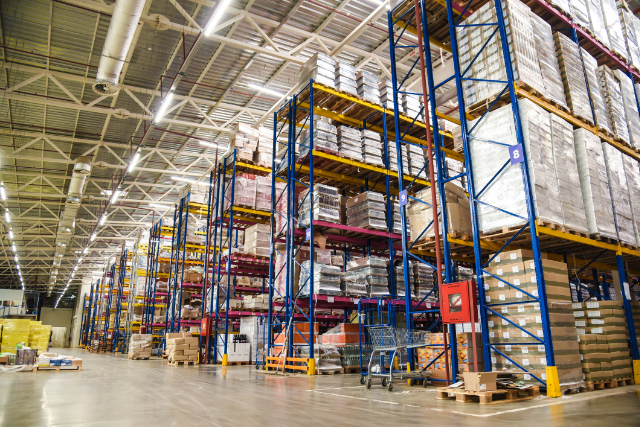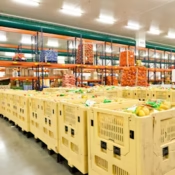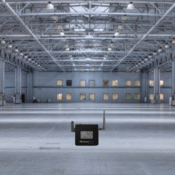Managing multiple cold-storage areas across a single facility — such as ambient staging, chilled rooms, and frozen vaults — is one of the toughest challenges for logistics managers in Riyadh. A robust temperature mapping study reveals how each space actually behaves under realistic loads and operations, enabling corrective action before products are compromised. Eximia360 provides end-to-end temperature mapping study services across Saudi Arabia — including Riyadh, Jeddah and Dammam — and applies field-proven methods to multi-storage environments.
1) Zone-based simultaneous mapping: map all spaces at once
Instead of mapping each room independently, conduct a coordinated temperature mapping study across all storage zones simultaneously. This approach captures interactions between areas — for example, how door openings in an ambient staging area affect neighboring chilled rooms — and identifies cross-zone heat migration. Use calibrated data-loggers placed at multiple heights, pallet locations, and air-return points across every room. Eximia360’s protocols recommend strategic sensor placement and synchronized logging to reveal transient excursions and hotspot patterns that single-room tests miss.
2) Scenario-driven mapping: run realistic operational cycles
A temperature mapping study must reflect real operations: loading and unloading, night/weekend staffing, peak-day deliveries and door-traffic variability. Design test scenarios (full load, partial load, peak door activity, and equipment defrost cycles) and run them during mapping so that results reflect the true operating envelope. For Riyadh’s climate and busy supply chains, Eximia360 advises mapping during representative high-stress periods (e.g., midday summer heat) and includes truck/vehicle mapping when transport segments form part of the chain. Truck and vehicle mapping techniques are essential for multi-storage chains where trailers act as temporary storage nodes.

3) Integrated analysis and corrective loop: from heat-maps to action
Collecting data is only the start. A temperature mapping study must include rigorous analysis (time-series review, heat-maps, min/max profiles) and deliver actionable recommendations: airflow balancing, fan relocation, rack rearrangement, revised loading plans, or changes to SOPs for door management. Eximia360 pairs mapping data with air-quality and HVAC diagnostics to produce targeted remediation plans and compliance-ready reports — then follows up with re-mapping to verify improvements. This closed-loop methodology ensures multi-storage systems in Riyadh not only meet temperature targets but operate efficiently and consistently.
Why Riyadh facilities should prioritise a full mapping program
Riyadh’s extreme summer heat and large facility footprints create a high risk of undetected micro-climates that shorten product life or fail audits. A properly executed temperature mapping study protects perishable inventory, reduces energy waste, and creates the documentation required by regulators and customers. International guidance for mapping protocols recommends a planning phase, field execution, analysis, and verification — the same structured workflow that Eximia360 applies in its Saudi projects.
Getting started
Begin with a scoping call to define zones, objectives, and realistic operational scenarios. Eximia360 provides calibrated sensors, protocol drafting, field deployment, and compliance-grade reporting for facilities across Riyadh, Jeddah and Dammam. Visit www.Eximia360.com to request a temperature mapping study and book an initial site evaluation tailored to multi-storage cold chains in Riyadh.













